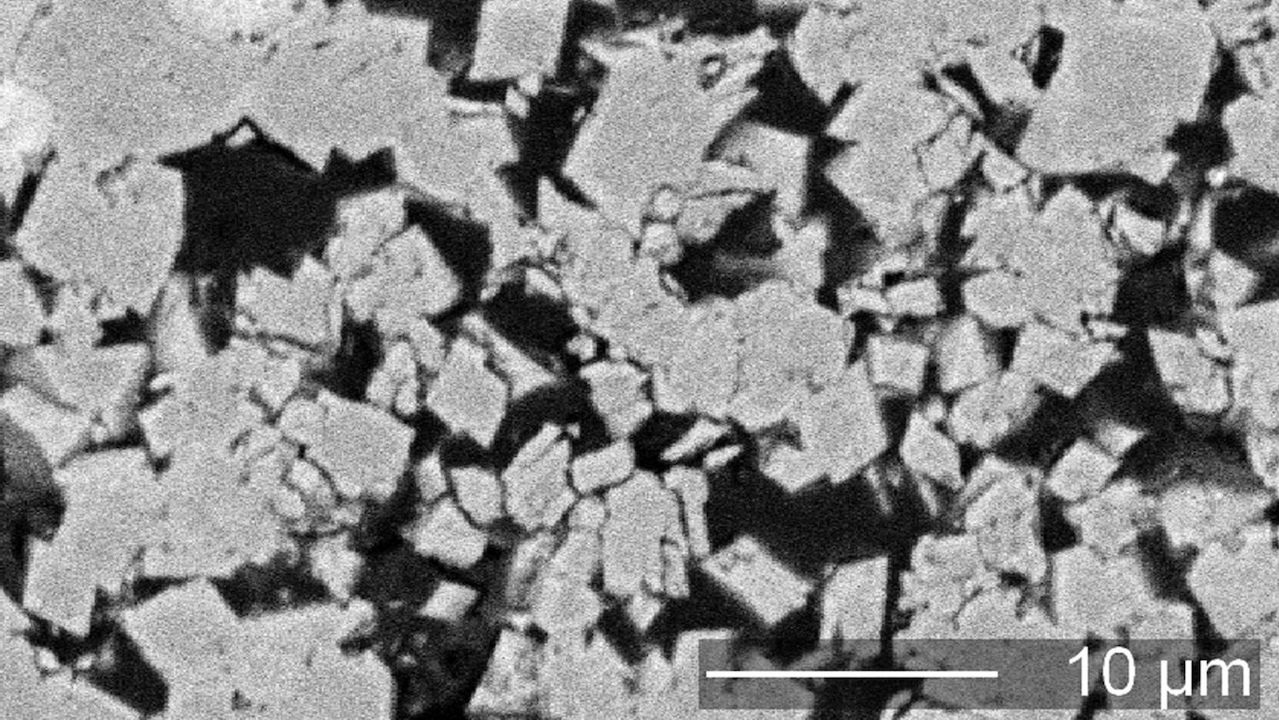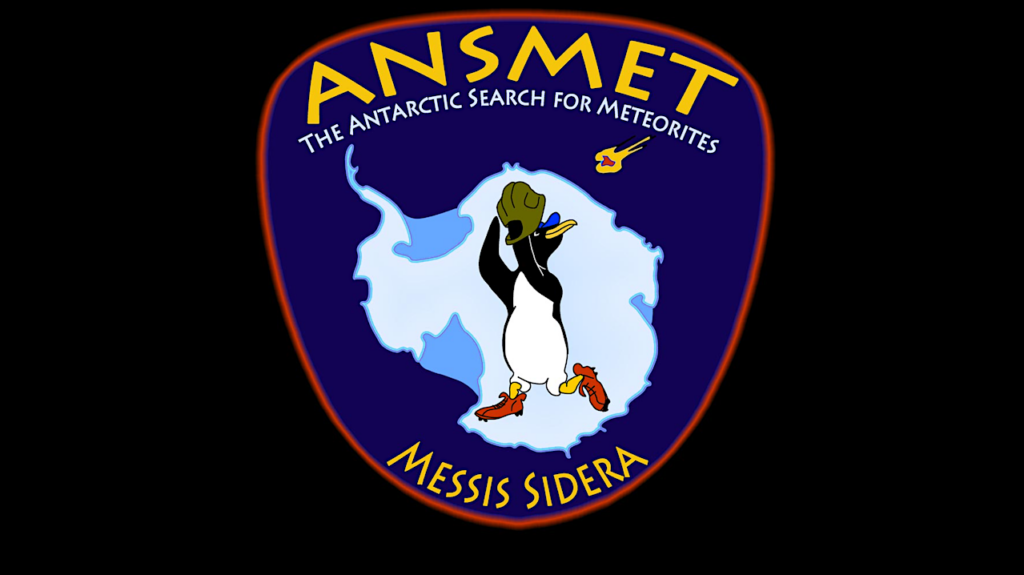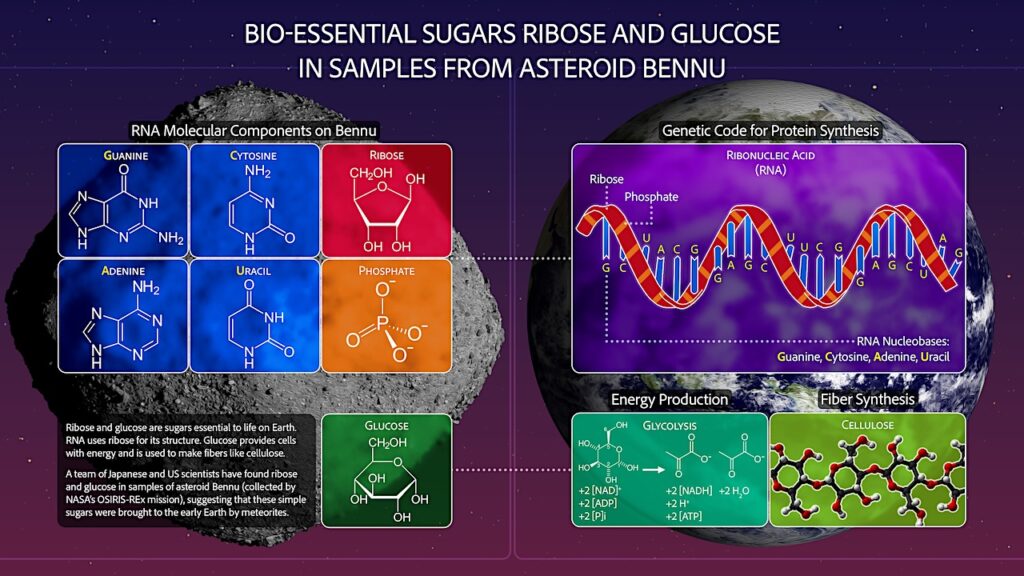Limitations Of Asteroid Crater Lakes As Climate Archives

In southern Germany just north of the Danube, there lies a large circular depression between the hilly surroundings: the Nördlinger Ries. Almost 15 million years ago, an asteroid struck this spot.
Today, the impact crater is one of the most useful analogues for asteroid craters on early Mars. Studying the deposits of the former lake that formed in the crater is particularly informative. These deposits have been of great interest ever since NASA began exploring Martian craters for signs of water and life on Mars.
However, the chemical development of the former crater lake and its habitable areas is only partially understood. An international research team led by the University of Göttingen have now uncovered clues about the past: they analysed dolomite rocks in a drill core and found an extremely high proportion of the carbon isotope C-13. Further investigations traced this back to a phase of strong methane formation by microorganisms known as archaea in water with a low sulphate content.
In contrast, the sediments of the previous, first phase of the crater lake showed clear traces of high sulphate content and bacterial sulphate decomposition. This change reveals that the groundwater pathways to the lake changed as the crater floor cooled. The results have been published in the journal Geochimica et Cosmochimica Acta.
A 250-metre-long drill core taken in 1981 provided information about the chemical processes during the time periods that sediment was being deposited in the crater lake. Combining sedimentological, biogeochemical and isotope geochemical research methods enabled the researchers to identify a distinctive section, which they investigated in more detail using biomarker analyses.
They detected organic biomarkers originating from sulphate-reducing bacteria and “normal” dolomite in older rocks from the crater lake. In the younger rocks, they found dolomite enriched with C-13 and a chemical called archaeol which indicates that archaea were present at that time.
The properties of the rocks reflect the conditions in the crater lake during their formation: the decrease in sulphate is due to degradation by bacteria and the C-13 enrichment is due to the formation of methane by archaea. “This chemical development can only be explained by the change in the groundwater supply during the gradual cooling of the crater floor.
This led to a change from deep, hydrothermal groundwater (with sulphate) to cooler water without sulphate that must have flowed through limestone rocks near to the surface,” explains study leader Professor Gernot Arp from the Department of Geobiology at the University of Göttingen.
The findings not only provide important information on the development of the crater lake being investigated, but also, as Arp notes: “Our findings show that the conditions in asteroid crater lakes are strongly controlled by internal processes such as crater floor cooling and water supply.
In contrast, climatic changes are of secondary importance, unlike in many other lakes. This must be taken into account when deposits in terrestrial and extraterrestrial craters are used as climate archives to deduce past climate conditions from the sediments.”
Original publication: Zeng L. et al. (2023): Extremely 13C-enriched dolomite records interval of strong methanogenesis following a sulfate decline in the Miocene Ries impact crater lake. Geochimica et Cosmochimica Acta. DOI: 10.1016/j.gca.2023.10.013
Astrobiology








